Disclosure: This article contains affiliate links. We may earn a commission from purchases at no extra cost to you, which helps our travel content.
Standing in the dappled shade of a massive Moreton Bay fig tree in Brisbane's City Botanic Gardens, I find myself caught between worlds. The contemporary skyline of Queensland's capital rises behind me, while before me stretches a landscape that has been shaped by thousands of years of Aboriginal stewardship, followed by less than two centuries of European colonization. As an anthropologist who straddles cultural identities myself, I'm drawn to these layered histories—the visible and the invisible narratives that shape a place. Brisbane offers a particularly fascinating case study, where colonial architecture stands on Turrbal and Jagera land, and where stories of convict labor, free settlement, and Indigenous displacement intertwine. This weekend walking tour through Brisbane's historical heart costs next to nothing but offers something increasingly precious: a nuanced understanding of how Australia's colonial past continues to shape its present.
Tracing Brisbane's Origins: The Convict Settlement
Brisbane began its colonial life in 1824 as the Moreton Bay Penal Colony, established as a place of secondary punishment for reoffending convicts. The colony operated until 1842, and while much of this early infrastructure has vanished, key remnants offer a window into this brutal chapter of Queensland history.
My exploration begins at the Old Windmill on Wickham Terrace, Brisbane's oldest surviving European building. Constructed by convicts in 1828, this stone tower initially ground grain before being repurposed as a punishment site where convicts trudged endless hours on a treadmill. Standing before this stolid structure, I'm struck by how mundane architecture can mask extraordinary suffering—a pattern repeated throughout colonial Australia.
A short walk downhill leads to the old Commissariat Store, now the Royal Historical Society of Queensland museum. Built in 1829, it's one of only two surviving convict-era buildings in Brisbane. For a modest $7 entry fee, you can examine artifacts excavated from beneath the floorboards and gain insights into daily colonial life. What particularly moved me was finding a small display acknowledging the Turrbal and Jagera peoples' dispossession that made this settlement possible—a rare acknowledgment in older Australian museums.
As I walked these sites, I found myself reaching for my pocket notebook to jot observations about how colonial history is presented. After years of fieldwork, I've found that writing impressions in real-time captures nuances that photography misses—especially regarding whose stories are centered and whose are marginalized in historical narratives.
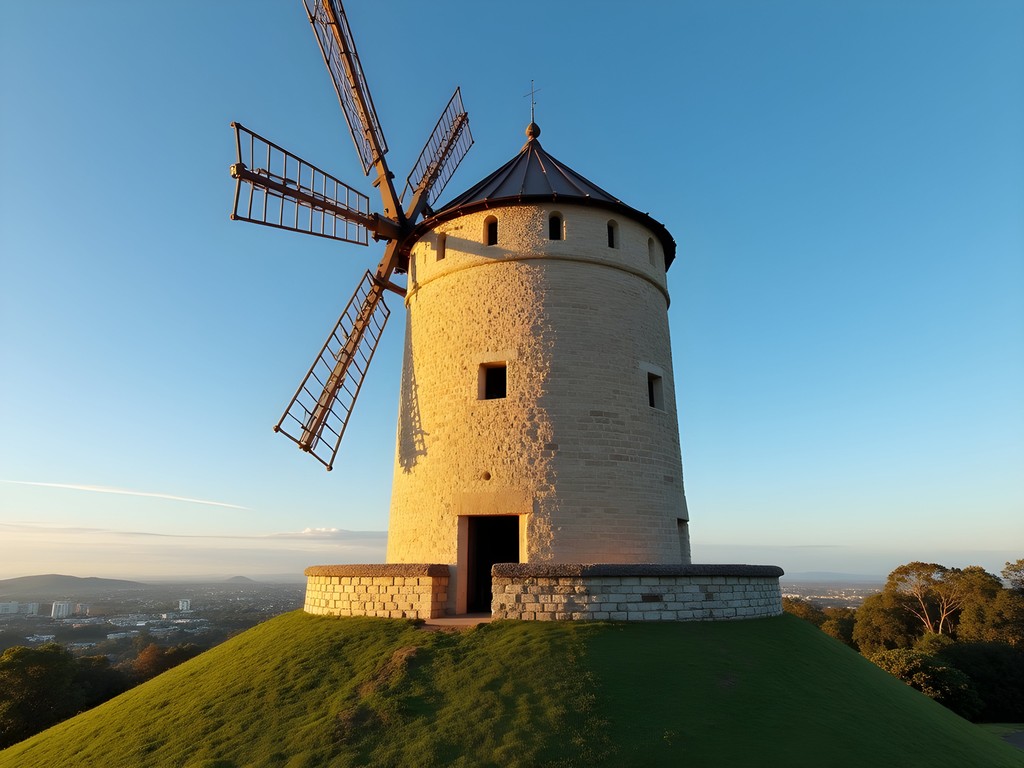
💡 Pro Tips
- Visit the Old Windmill early morning for the best photography light and fewer crowds
- The Commissariat Store Museum is closed Saturdays but open Sundays—plan accordingly
- Look for the small exhibition on convict-era Indigenous resistance on the museum's second floor
Queen Street: From Convict Track to Commercial Heart
What's now Brisbane's main shopping precinct began as a rough track connecting the penal settlement to the Commissariat Store. After walking through the City Botanic Gardens (established in 1855 as Queensland's first public garden), I emerged onto Queen Street to trace this colonial thoroughfare.
The most striking heritage building here is the Treasury Building, completed in 1889, which housed government offices before its controversial conversion to a casino in the 1990s. Its Renaissance revival architecture showcases the wealth generated during Queensland's gold rushes and early pastoral expansion—wealth built on land taken from Indigenous peoples without treaty or compensation.
Nearby stands the General Post Office (1872) with its iconic clock tower, and City Hall (1930) with its magnificent auditorium and free museum in the basement. These buildings represent Brisbane's transition from colonial outpost to self-governing entity within the British Empire.
For lunch, I ducked into the historic Gresham Bar on Queen Street, housed in a heritage-listed building from 1881 that once served as the Queensland National Bank. With its dark wood paneling and Victorian details, it offers an atmospheric spot to rest weary feet while contemplating how banking and commerce drove colonial expansion.
As an anthropologist interested in material culture, I'm always examining how buildings reflect power relationships. The grandeur of these colonial administrative buildings—their imposing facades, their classical motifs borrowed from European traditions—speaks volumes about how British settlers sought to legitimize their presence through architectural statements of permanence and authority.
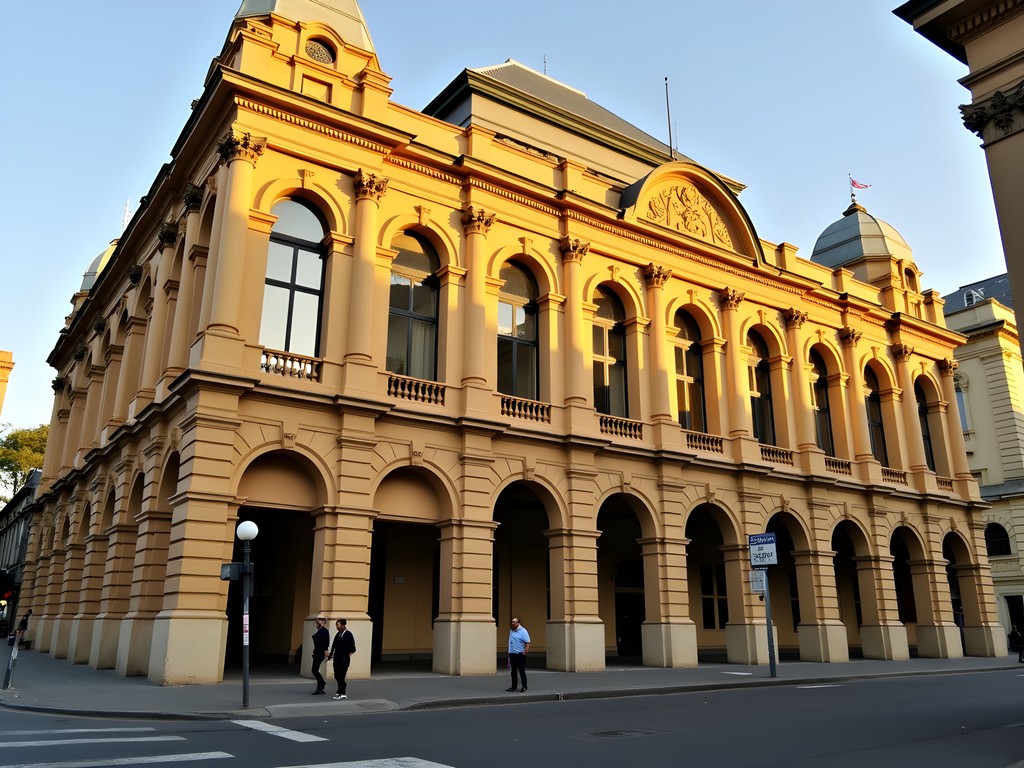
💡 Pro Tips
- City Hall offers free guided tours including clock tower visits, but book ahead as they fill quickly
- The Gresham Bar serves reasonably priced lunch options despite its upscale appearance
- Look for the heritage plaques outside major buildings for historical context
Uncovering Indigenous Narratives at Kurilpa Point
No historical exploration of Brisbane would be complete without acknowledging the ongoing presence and perspectives of the Traditional Owners. After crossing Victoria Bridge, I headed to Kurilpa Point, where the Brisbane River meets South Brisbane. This area, whose name means 'place of water rats' in the Turrbal language, offers important counterpoints to the colonial narrative.
The Gallery of Modern Art (GOMA) and State Library of Queensland both feature significant Indigenous Australian art collections and cultural materials. While not colonial buildings themselves, they house important records and artistic responses to colonization. The State Library's kuril dhagun Indigenous space regularly hosts exhibitions on Aboriginal history and contemporary issues—during my visit, a powerful display examined the frontier conflicts that occurred throughout Queensland.
Nearby, the Maiwar Green riverside walkway features indigenous plantings and interpretative signage about traditional uses of the river. I spent an hour here sketching the landscape and reflecting on how dramatically European settlement transformed this environment. For those interested in documenting their own journey through Brisbane's historical landscape, I recommend a waterproof field notebook. During Queensland's unpredictable autumn showers, I've had regular notebooks ruined, but these weatherproof options have saved my field notes countless times.
What struck me most was how this area demonstrates the resilience of Indigenous knowledge and presence despite the colonial project's attempts at erasure. The very name 'Brisbane' (after a Scottish colonial administrator) overlays the original names for this place and its features—names that reflected millennia of connection to Country. Yet these original names and stories persist, increasingly acknowledged in public spaces and cultural institutions.

💡 Pro Tips
- GOMA and the State Library are free to enter, making them perfect budget-friendly options
- Check the kuril dhagun space's calendar for talks by Indigenous elders and historians
- The riverside walk between South Bank and Kurilpa Bridge offers excellent vantage points for city photography
Paddington's Worker Cottages: Colonial Life Beyond the Elite
To understand Brisbane's colonial era beyond government buildings and penal institutions, I headed to Paddington, a hill-hugging inner suburb filled with worker's cottages from the late 1800s. These modest timber homes with their distinctive corrugated iron roofs and verandahs tell stories of ordinary colonists—the laborers, tradespeople, and domestic workers who built Brisbane but rarely feature in official histories.
The steep streets of Paddington offer excellent vantage points for photography, particularly from the elevated position of Ithaca War Memorial in Paddington Memorial Park. From here, you can capture rows of colonial cottages against the backdrop of the modern city—a visual representation of Brisbane's historical layers.
Many of these cottages have been lovingly restored, their characteristic 'VJ' (vertical joint) walls and lattice screens preserved while interiors have been modernized. Walking these residential streets offers insights into how colonial architectural forms adapted to Queensland's subtropical climate—raised foundations for air circulation, wide verandahs for shade, and high ceilings to combat the heat.
For those interested in architectural photography, I recommend bringing a compact tripod to capture the low-light details of verandahs and the dramatic sunset views across the colonial roofscape. Brisbane's autumn light creates particularly beautiful conditions as the late afternoon sun bathes these weatherboard facades in golden hues.
What fascinates me as an anthropologist is how these humble dwellings represent the democratization of colonial architecture—the adaptation of British building traditions to local conditions and materials, creating something distinctively Queensland. While government buildings mimicked European grandeur, these cottages evolved into something uniquely suited to this place.

💡 Pro Tips
- The Paddington Antique Centre on Latrobe Terrace is housed in an old theatre and contains colonial-era artifacts
- Take Bus 379 from the city to avoid the steep uphill walk to Paddington
- Visit early morning or late afternoon when the low-angle sunlight highlights the architectural details of the cottages
Breakfast Creek's Hidden Colonial Narratives
My final stop explored a less-celebrated aspect of Brisbane's colonial history—the Breakfast Creek area, where stories of cross-cultural encounter and conflict played out. This riverside location was significant to the Turrbal people long before European arrival and became a site of early contact between Aboriginal people and colonists.
The heritage-listed Breakfast Creek Hotel (1889) stands as a monument to colonial-era architecture with its distinctive wrought iron lacework and wide verandahs. However, the deeper history lies in the surrounding area, where the Indigenous leader Dalaipi met with European settlers in the 1820s and where later conflicts occurred as settlement expanded.
Nearby Newstead House (1846), Brisbane's oldest surviving residence, offers insight into how colonial elites lived. The modest admission fee ($10) provides access to this heritage-listed home furnished with period pieces. What I appreciate about the recent curatorial approach is the inclusion of information about the Aboriginal people who worked as domestic servants and laborers in such colonial households—stories long omitted from heritage narratives.
Walking along Breakfast Creek toward its junction with the Brisbane River, I reflected on how waterways were central to both Aboriginal lifeways and colonial expansion. Rivers facilitated trade, communication, and resource access for First Nations peoples for millennia before becoming transportation corridors for European settlement.
For those interested in deepening their understanding of these complex histories, I recommend the historical guidebook which offers alternative perspectives on the city's development beyond official narratives. As an anthropologist, I've found that carrying context-rich resources enhances the experience of historical sites by illuminating the social dynamics and power relations that shaped physical spaces.

💡 Pro Tips
- Visit Newstead House on Sundays when volunteers often provide additional historical context
- The riverside path from Newstead to New Farm offers beautiful views and additional heritage sites
- Check Newstead House's website for special exhibitions on colonial domestic life
Final Thoughts
As my weekend exploration of Brisbane's colonial past comes to an end, I'm reminded that historical sites are never neutral spaces—they're contested terrain where multiple narratives compete for acknowledgment. What makes Brisbane particularly fascinating is witnessing how the city is gradually reckoning with its complex colonial foundations, creating space for Indigenous perspectives alongside European heritage narratives. This walking tour costs little beyond comfortable shoes and museum admissions, yet offers profound insights into Australia's ongoing journey toward historical truth-telling. Whether you're a history buff, architecture enthusiast, or simply curious about how cities evolve, Brisbane's layered colonial landscape rewards thoughtful exploration. As you walk these streets, I encourage you to look beyond the sandstone facades and heritage plaques to consider whose stories are being told—and whose still wait to be acknowledged.
✨ Key Takeaways
- Brisbane's colonial architecture reveals power relationships and historical inequities that continue to shape modern Australia
- Budget-friendly historical exploration is possible through free sites, affordable museums, and self-guided walking
- Understanding both Indigenous and European perspectives provides a more complete picture of Brisbane's development
- Colonial buildings adapted to Queensland's subtropical climate, creating distinctive architectural traditions
📋 Practical Information
Best Time to Visit
Autumn (March-May) when temperatures are moderate and rainfall less frequent
Budget Estimate
$30-50 for a weekend (including museum entries and modest meals)
Recommended Duration
2-3 days at a leisurely pace
Difficulty Level
Easy To Moderate (Some Hills In Paddington Area)

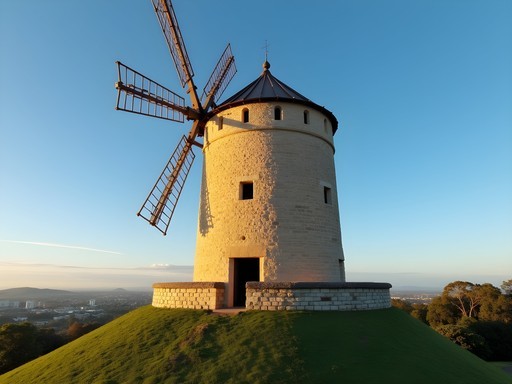
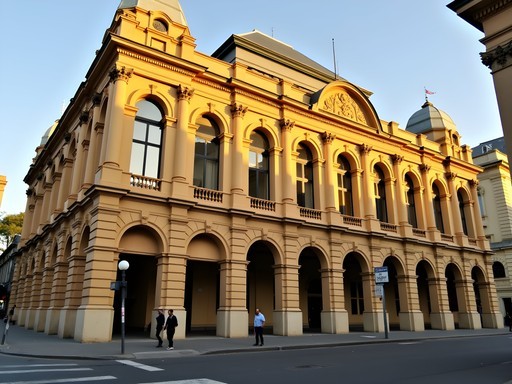






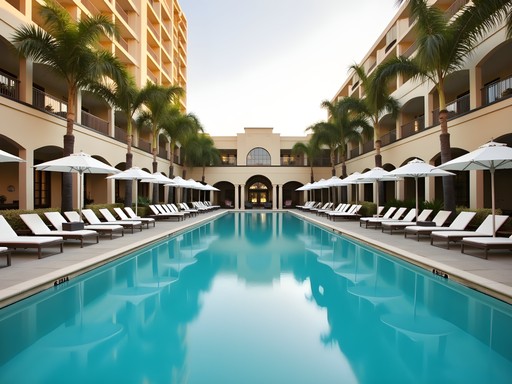
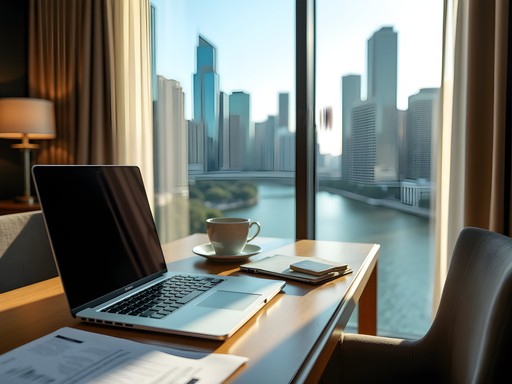
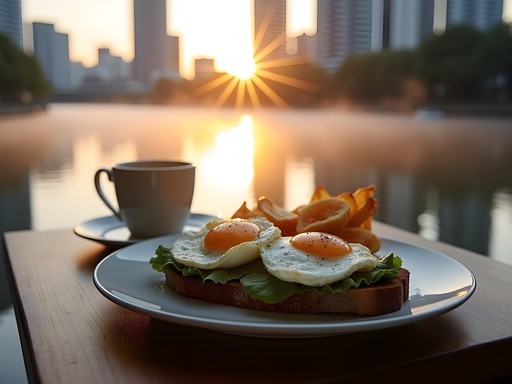


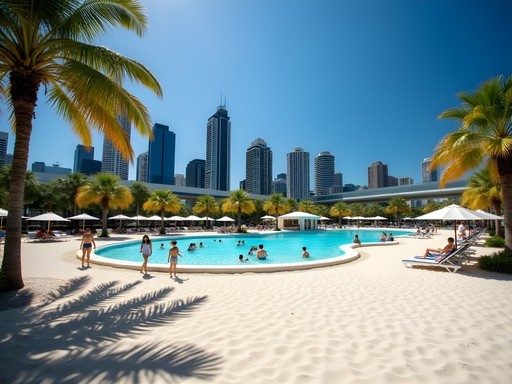
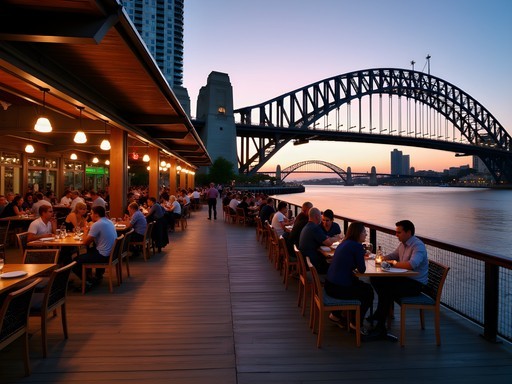
Comments
Frank Garcia
Brilliant piece on Brisbane's layered history, Claire. I visited last year and completely missed the significance of Kurilpa Point. Your analysis of how colonial narratives often overshadow indigenous histories is spot on. When I backpacked through Queensland, I found the Brisbane Culture Guide really helpful for understanding these complex intersections. One tip for anyone following this route: the State Library of Queensland has some incredible free exhibitions that complement this walking tour perfectly. They often feature both colonial and First Nations perspectives side by side.
greenguy
Thanks for the State Library tip! Is it close to the route Claire described?
Frank Garcia
Yes! It's right near the Cultural Centre, just a short walk from the Botanic Gardens where Claire starts her tour. Perfect stopping point about halfway through.
winterlife
Those Paddington cottages look amazing! Great photos!
wanderbuddy
This is exactly what I've been looking for! I'm heading to Brisbane next month and was hoping to find something beyond the usual tourist spots. The contrast between colonial history and indigenous narratives sounds fascinating. Did you find the walking tour physically demanding? I'll be bringing my 65-year-old mom who loves history but gets tired easily.
Claire Spencer
Hi wanderbuddy! The main city loop is pretty flat and there are plenty of places to rest. For Paddington, there are some hills but you can take it slow. I'd recommend starting early morning to avoid the heat!
wanderbuddy
Thanks Claire! Early mornings it is. We're really looking forward to the Kurilpa Point section too.
oceanlegend
Just got back from Brisbane and followed parts of this route! The contrast between the convict history and Indigenous perspectives was eye-opening. Those Moreton Bay figs are even more impressive in person! Pro tip: the free Brisbane history walking tour app made for a perfect companion - has audio clips from historians that add so much context.
wildhero
Heading to Brisbane next month! How long would you recommend for this walking tour? Can it be done in one day or better split up?
Claire Spencer
Hi wildhero! You could do the highlights in one full day if you're a fast walker, but I'd recommend splitting it across two days to really appreciate the details and stop for museum visits. The Paddington section especially deserves a leisurely pace. Don't miss stopping for coffee at one of the heritage-listed shopfronts turned cafes!
Timothy Jenkins
Claire, I appreciate your nuanced approach to Brisbane's colonial history. Too often these narratives are either overly romanticized or entirely dismissed. Your acknowledgment that these are 'contested territories' of memory is spot on. I conducted research on comparative colonial histories last year and found Brisbane particularly interesting because of how its convict origins were often deliberately obscured in the late 19th century as Queensland sought to reshape its identity. The heritage plaques along Queen Street rarely tell the full story. For those interested in this topic, I'd recommend extending your walk to include the North Quay area, where you can still see traces of the original penal settlement if you know where to look. The Maritime Museum also houses some fascinating artifacts from this period that provide context beyond the official narratives.
explorelife
This is why I love travel blogs - always learn something new! Never knew Brisbane tried to hide its convict past.
Timothy Jenkins
Indeed! By the 1880s, many Australian colonies were actively distancing themselves from their convict origins - it became almost taboo to mention convict ancestry. Brisbane was particularly thorough in this historical 'cleansing.' It wasn't until the 1970s that Australia broadly began reclaiming and reexamining this history more honestly.
journeychamp
Did this walk last month! The Paddington cottages were my favorite part.
Amit Sullivan
Claire, your piece took me back to my own journey through Brisbane last year. The juxtaposition of colonial architecture against that gleaming skyline is something I found particularly striking. I spent an afternoon sketching in the Botanic Gardens, right where you stood under those magnificent fig trees. One thing I'd add for anyone following your footsteps - take the time to visit the Old Windmill on Wickham Terrace. It's the oldest surviving building in Queensland, built by convicts in 1828, and tells a haunting story of early colonial life. The tour guides there share some truly sobering accounts of convict experiences that really bring home the harsh realities of those early days.
wildhero
Did you find the Indigenous history was well represented at these sites? I'm planning a trip and want to make sure I get the full historical picture.
Amit Sullivan
Good question! I found it varied considerably. Kurilpa Point (as Claire mentioned) does a better job than most. I'd recommend adding the Queensland Museum to your itinerary - their 'Connections' exhibition provides important context about the Turrbal and Jagera peoples. Also worth picking up the walking guide which highlights sites you might otherwise miss.
oceanlegend
Love how you captured Brisbane's dual identity - modern city with deep colonial roots! Those fig trees are absolutely magical.
dreamlegend
Those photos of the Paddington cottages are stunning! The colors are so vibrant.
Venture X
Premium card with 2X miles, $300 travel credit, Priority Pass